Jansky Lectureship
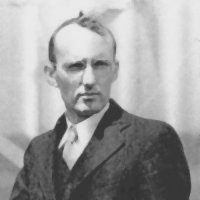 The Karl G. Jansky Lectureship is an honor established by the trustees of Associated Universities, Inc., to recognize outstanding contributions to the advancement of radio astronomy. First awarded in 1966, it is named in honor of the man who, in 1932, first detected radio waves from a cosmic source. Karl Jansky's discovery of radio waves from the central region of our Milky Way Galaxy started the science of radio astronomy.
The Karl G. Jansky Lectureship is an honor established by the trustees of Associated Universities, Inc., to recognize outstanding contributions to the advancement of radio astronomy. First awarded in 1966, it is named in honor of the man who, in 1932, first detected radio waves from a cosmic source. Karl Jansky's discovery of radio waves from the central region of our Milky Way Galaxy started the science of radio astronomy.
The recipient of this award will present the annual Karl G. Jansky Lecture in Charlottesville, Virginia and in Socorro, New Mexico. The public lecture will be astronomical in nature. Professional astronomical symposia in NRAO facilities will be conducted prior to the evening lectures.
More detailed information about the nomination process can be found by viewing the Jansky Lectureship Charter.
Archive Collections of the Jansky Lectureship
The NRAO Archive maintains records, images, and recordings of the annual Jansky Lecture.
Recipients of the Jansky Lectureship
The recipients of the Karl G. Jansky Lectureship, their award year, institutional affiliations, and lecture titles, are listed below.
Year |
Lecturer |
|
|---|---|---|
2025
|
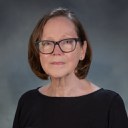 |
Jean TurnerDistinguished Professor Emerita, Research Professor, UCLA Exploring the Dusty Origins of Star Clusters |
2024 |
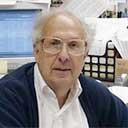 |
Ken KellermannNRAO Discovering the Radio Universe |
2023 |
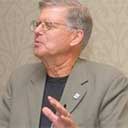 |
Paul Vanden BoutNRAO Space Molecules to Solar Systems: Millimeter Astronomy at NRAO - Some Personal Remembrances |
2022 |
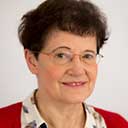 |
Francoise CombesParis Observatory Symbiosis between Black Holes and Galaxies |
2021 |
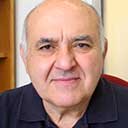 |
Luis F. RodriguezNational University of Mexico Jets from Stars in the Making |
2020 |
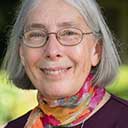 |
Martha P. HaynesCornell University 70 Years of Studying Hydrogen with Radio Telescopes: From Dark Matter to the Dark Ages |
2019 |
 |
Anneila SargentCalifornia Institute of Technology Expanding Horizons with Millimeter/Submillimeter Astronomy |
2018 |
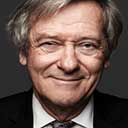 |
Roger D. BlandfordStanford University The Radio Harvest |
2017 |
 |
Bernard FanaroffSquare Kilometer Array South Africa Observing the Universe from Africa: Linking Radio Astronomy and Development |
2016 |
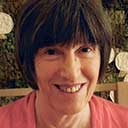 |
Jacqueline van GorkomColumbia UniversityGas and Galaxy Evolution |
2015 |
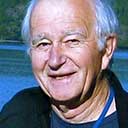 |
Nick ScovilleCalifornia Institute of Technology Star and Planet Formation through Cosmic Time |
2014 |
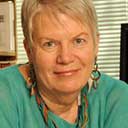 |
Jill TarterSETI Institute Are We Alone? Searching for Intelligent Life Beyond Earth |
2013 |
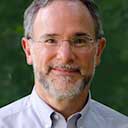 |
Charles L. BennettJohns Hopkins University A Tour of the Universe |
2012 |
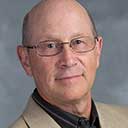 |
Mark ReidHarvard-Smithsonian Center for Astrophysics Measuring the Cosmos |
2011 |
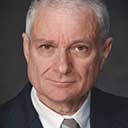 |
Sander WeinrebNASA's Jet Propulsion Laboratory and the California Institute of Technology Radio Astronomy from Jansky to the Future: an Engineer's Point of View |
2010 |
 |
Reinhard GenzelMax Planck Institute for Extraterrestrial Physics The Galactic Center Black Hole and Nuclear Star Cluster |
2009 |
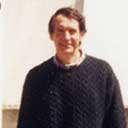 |
Anthony ReadheadCalifornia Institute of Technology The Central Engines that Power Active Galaxies |
2008 |
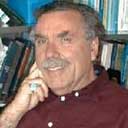 |
Arthur M. WolfeUniversity of California, San Diego Finding the Gas that Makes Galaxies |
2007 |
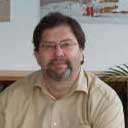 |
Karl M. MentenMax Planck Institute for Radio Astronomy Tuning in to the Molecular Universe |
2006 |
 |
Frank J. LowInfrared Laboratories, Inc. How the Spitzer Space Telescope was Designed, Tested and Built |
2005 |
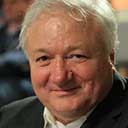 |
Rashid A. SunyaevMax Planck Institute for Astrophysics Cosmic Microwave Background Radiation, Clusters of Galaxies and Cosmology |
2004 |
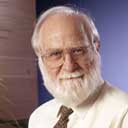 |
Ronald D. EkersAustralia Telescope National Facility Paths to Discovery |
2003 |
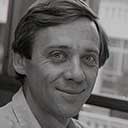 |
Donald C. BackerRadio Astronomy Laboratory, University of California at Berkeley Massive Black Holes, Gravitational Waves, and Pulsars |
2002 |
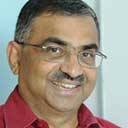 |
Shrinivas (Shri) KulkarniCalifornia Institute of Technology The Brightest Explosions in the Universe |
2001 |
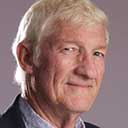 |
William J. (Jack) WelchUniversity of California at Berkeley Astronomical Arrays of the Future; Astronomy, SETI, and More |
2000 |
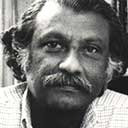 |
V. RadhakrishnanRaman Research Institute, Bangalore, India Astronomy's Devices |
1999 |
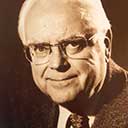 |
Frank D. DrakeSETI Institute and University of California, Santa Cruz Progress in the Search for Extraterrestrial Intelligence |
1998 |
 |
Bernard BurkeMassachusetts Institute of Technology Radio Telescopes: Reaching for the Astronomical Frontiers |
1997 |
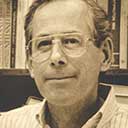 |
P. James E. PeeblesPrinceton University The Big Bang and Our Evolving Universe |
1996 |
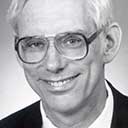 |
James M. MoranHarvard Smithsonian Center for Astrophysics Brilliant Masers and Mysterious Black Holes |
1995 |
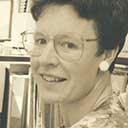 |
Jocelyn Bell-BurnellOpen University, Milton Keynes, UK Tick, Tick, Tick, Pulsating Star, How We Wonder What You Are |
1994 |
 |
Vera C. RubinCarnegie Institution of Washington What's the Matter in the Universe |
1993 |
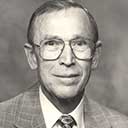 |
David S. HeeschenFormer Director, National Radio Astronomy Observatory The Development of Radio Astronomy in the United States |
1992 |
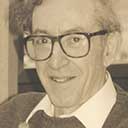 |
Irwin I. ShapiroHarvard-Smithsonian Center for Astrophysics Reckoning the Size of the Universe Through Gravitational Lenses |
1991 |
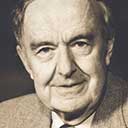 |
Allan R. SandageThe Observatories of Carnegie Institution The Quest for the Curvature of Space |
1990 |
 |
Alan H. BarrettMassachusetts Institute of Technology Molecular Radio Astronomy: The Beginnings |
1989 |
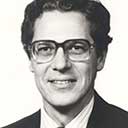 |
Joseph H. TaylorPrinceton University (Nobel Prize 1993) Time and the Nature of the Universe |
1988 |
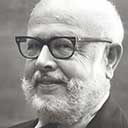 |
William A. FowlerCalifornia Institute of Technology (Nobel Prize 1983) The Age of the Observable Universe |
1987 |
 |
Hendrik van de HulstUniversity of Leiden, The Netherlands Far from the Stars |
1986 |
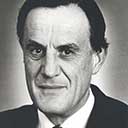 |
Robert Hanbury BrownUniversity of Sydney Stars, Photons, and Uncommon Sense |
1985 |
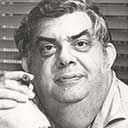 |
G. R. BurbidgeUniversity of California, San Diego How Strange the Violent Universe? |
1984 |
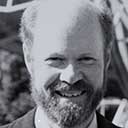 |
Robert W. WilsonBell Laboratories (Nobel Prize 1978) Millimeter Wave Astronomy |
1983 |
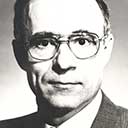 |
Arno PenziasBell Laboratories (Nobel Prize 1978) The Astronomical Origin of the Earth's Materials |
1982 |
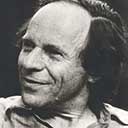 |
Philip MorrisonMassachusetts Institute of Technology The New Waves: Fifty Years of Radio Astronomy |
1981 |
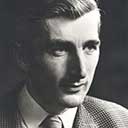 |
Martin ReesUniversity of Cambridge, England The Next Hundred Billion Years |
1980 |
 |
Martin SchwarzschildPrinceton University What Shape Galaxies, Pancakes or Potatoes? |
1979 |
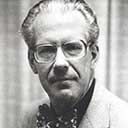 |
Maarten SchmidtHale Observatories Quasars as Probes of the Early Universe |
1978 |
 |
Subrahmanyan ChandrasekharUniversity of Chicago (Nobel Prize 1983) General Relativity in Astronomy at Einstein's Centennial |
1977 |
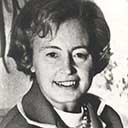 |
E. Margaret BurbidgeUniversity of California, San Diego Galaxies, Quasars, and the Space Telescope |
1976 |
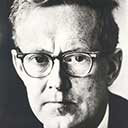 |
Edward M. PurcellHarvard University (Nobel Prize 1952) A Story of Spinning Particles |
1975 |
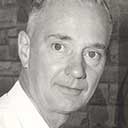 |
Grote ReberCSIRO, Tasmania, Australia Beginning of Radio Astronomy |
1974 |
 |
Lyman Spitzer, Jr.Princeton University Observatory A Space Astronomer Looks at the Interstellar Medium |
1973 |
 |
J. Paul WildCSIRO, Sydney, Australia Exploring the Sun with Radio Waves |
1972 |
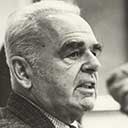 |
Bart J. BokSteward Observatory Star Birth in the Galaxy |
1971 |
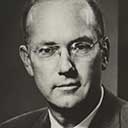 |
Charles H. TownesUniversity of California, Berkeley (Nobel Prize 1964) Exploring for the Creation |
1970 |
 |
Robert H. DickePrinceton University Gravitation and the Universe |
1969 |
 |
Fred HoyleUniversity of Cambridge, England The Relationship of Astronomy and Physics |
1968 |
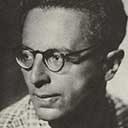 |
J. S. ShklovskySternberg Astronomical Institute, USSR On the Variability of Cosmic Radio Source Emission |
1967 |
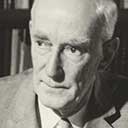 |
J. H. OortLeiden Observatory Large-scale Distribution and Motion of Hydrogen in the Galaxy |
1966 |
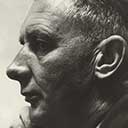 |
John G. BoltonAustralian National Radio Astronomy Observatory Radio Astronomy: Steppingstones to Quasars |




Connect with NRAO